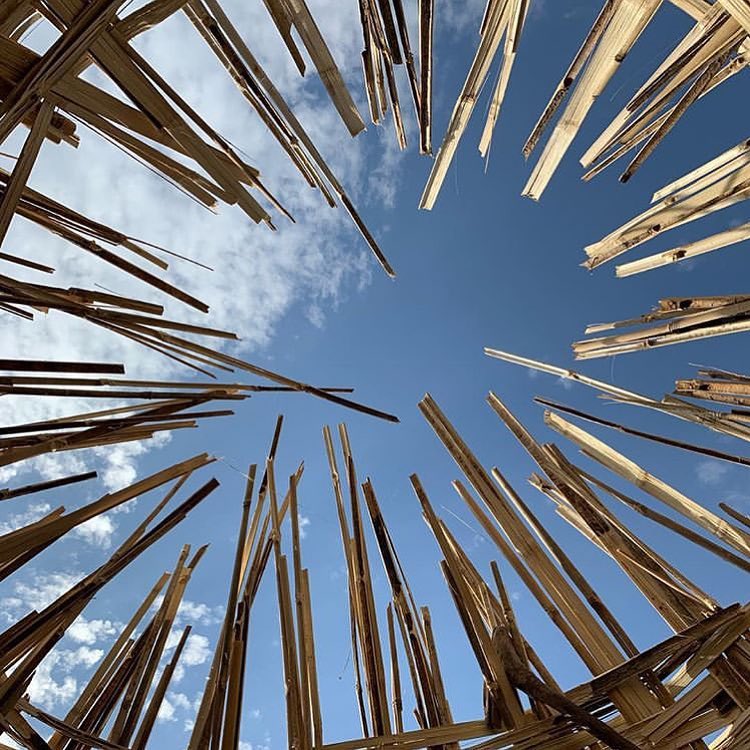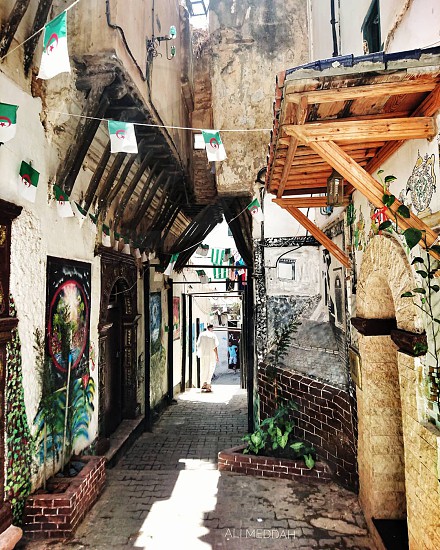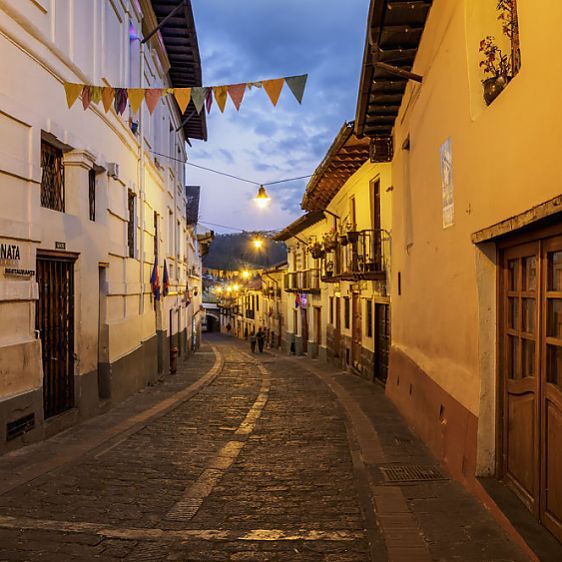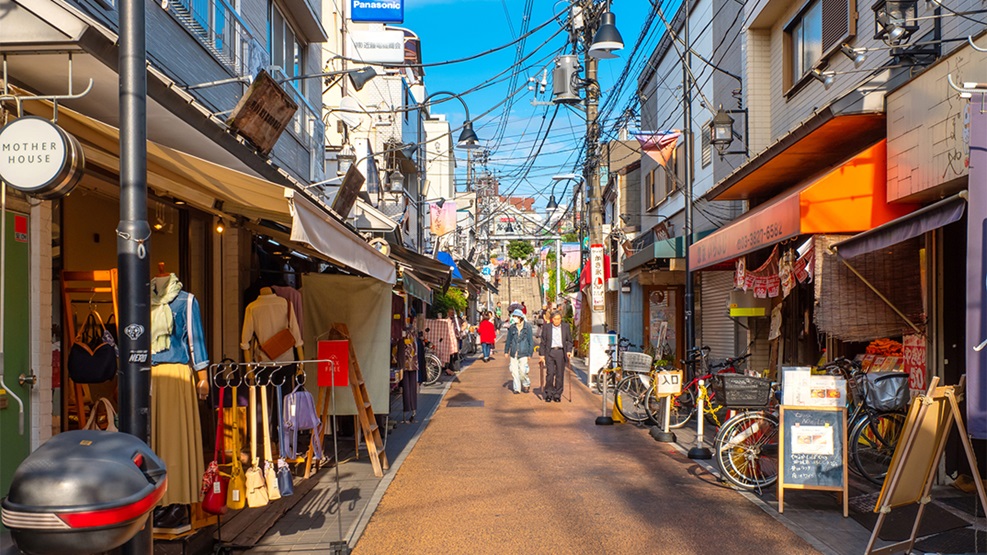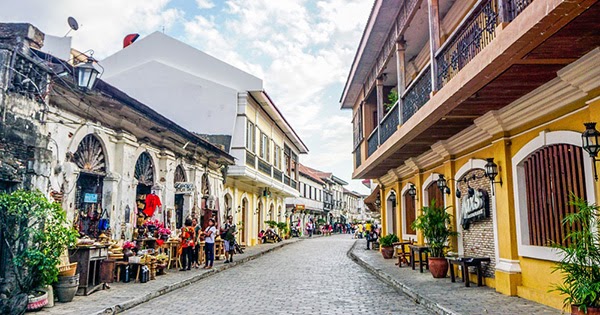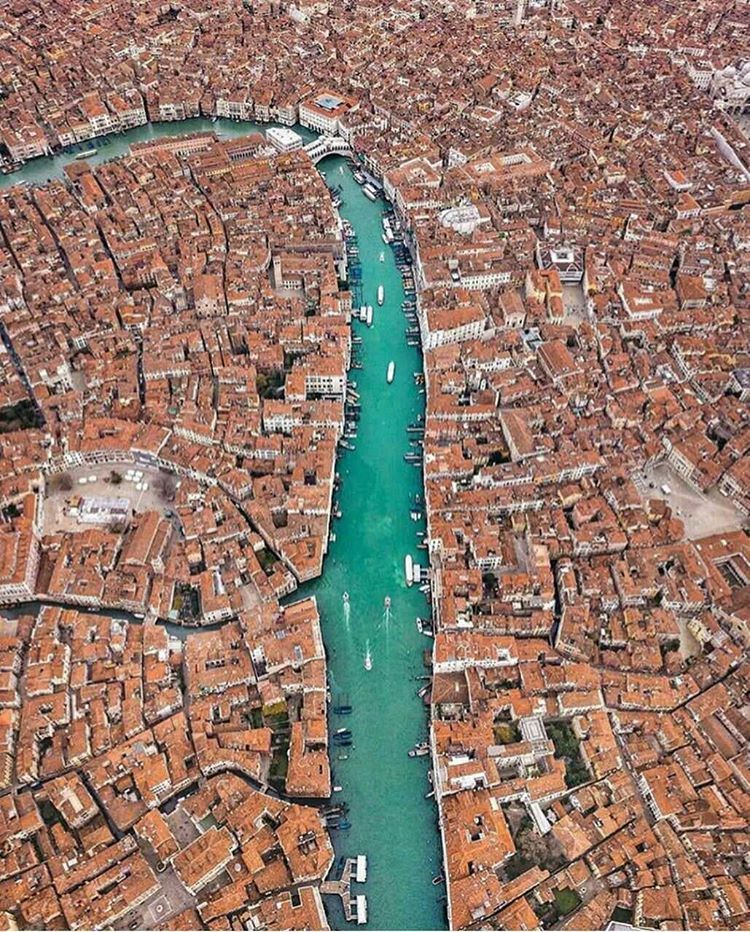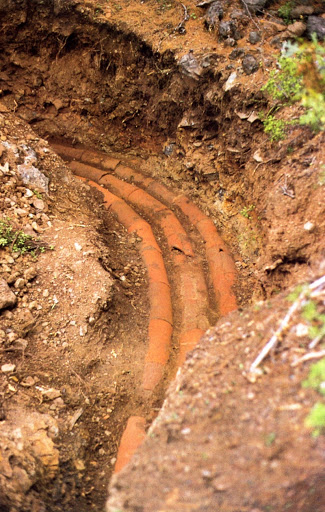
It is okay to be interested in how our ancestors solved the problems they faced, because after all the human condition and its predicaments have not changed. To be cynical when someone finds solace or joy in reading Homer or Marcus Aurelius, Dante or Austen, is just unnecessary. 







It is okay to go "Wow! Look at this!" when you see an ancient Egyptian child's knitted sock. Ancient Egyptian parents worried about their children's cold feet too. But this doesn't mean we should worship Egyptian feet or reject knitted socks as a barbaric relic of a distant past. 

It is easy to imagine a day when factories will stop producing socks: whether by a lack of energy, rising seas, nuclear war, financial crises, etc. What is impossible to imagine though, is each family on their own rediscovering the art of knitting wool socks from scratch. 

It is the humble theory of this Twitter user that a world where more people knitted their own socks, out of need or joy or just as a way to enjoy keeping fingers fit and nimble in old age, would very much be a better world. However, I fear the future will see many cold feet. 

• • •
Missing some Tweet in this thread? You can try to
force a refresh








